Some of the hummingbird images I’ve taken the last few days on Antelope island illustrate a few of their fascinating adaptations for their rather unique lifestyle.
Most birds excrete “urine” (it’s a bit more complicated than that) in the form of uric acid, a solid mixed with small amounts of water. This conserves water, as very little of it is lost in the excreta. Uric acid is the white pasty substance that causes the “whitewash” at habitual bird perches. But hummingbirds consume so much water in the nectar they drink that they have no need to conserve it so their nitrogenous wastes are in the form of urea, the same substance in mammal urine.
So hummingbird “urine” is composed largely of water and is very dilute.
I happened to snap the shutter just as this hummingbird dumped a load. As you can see it has a very different appearance from the cloacal contents of most birds – visually it appears to be only water.
Because hummingbirds also eat some insects in order to provide them nutrients (proteins, fats etc) other than the carbohydrates found in nectar and because solid and liquid wastes are each deposited in the cloaca of birds before expulsion there are occasionally bits of insect exoskeleton and other indigestible substances in the wastes of hummingbirds. But proportionately they consume so much nectar that their excreta is mostly water.
And that’s why you won’t find typical “whitewash” beneath habitual hummingbird perches.
I did catch one of the hummers going after a tiny insect. It happened in a flash and the bird immediately went back to drinking nectar. Sorry about the poor image quality but at least it illustrates the behavior.
It’s my guess that many folks think of the bill of birds as rigid and completely inflexible but some species (including hummingbirds) are capable of flexing their mandibles (rhynchokinesis). Normally, as in this photo, the upper and lower mandibles conform perfectly to each other.
But in a variety of situations these birds flex the upper mandible in particular so that it’s a different shape than the lower one. Here the tip of the upper mandible has been raised up so that the tip of the tongue can be extruded.
Another example. Note that the proximal end of the bill is closed while the distal end is open.
They also do it in flight.
My photos only show relatively small amounts of flexing – the mandibles can be flexed much more than my images illustrate. Some more extreme examples of rhynchokinesis in shorebirds can be seen here.
I’ve had so much fun with hummingbirds the last two days I might try it again this morning. And then I’ll get the hell out of Dodge before the Antelope Island Festival begins…
Ron


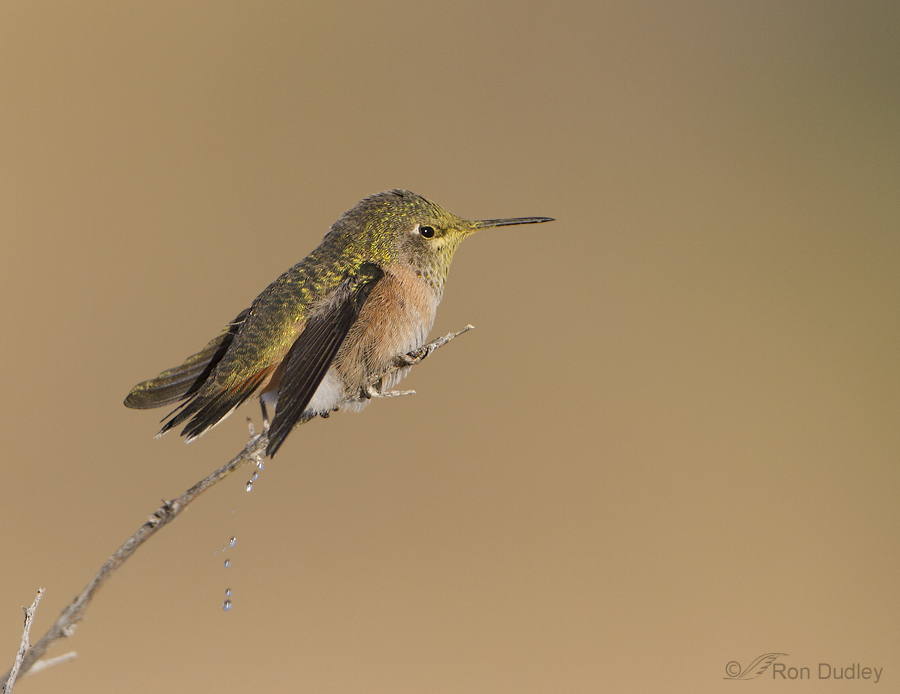
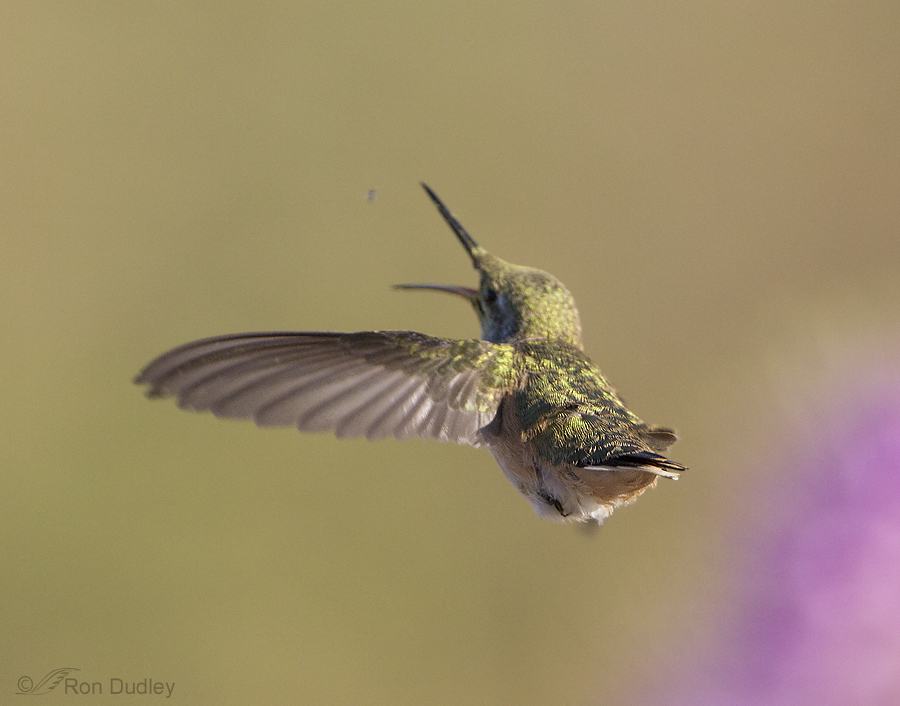
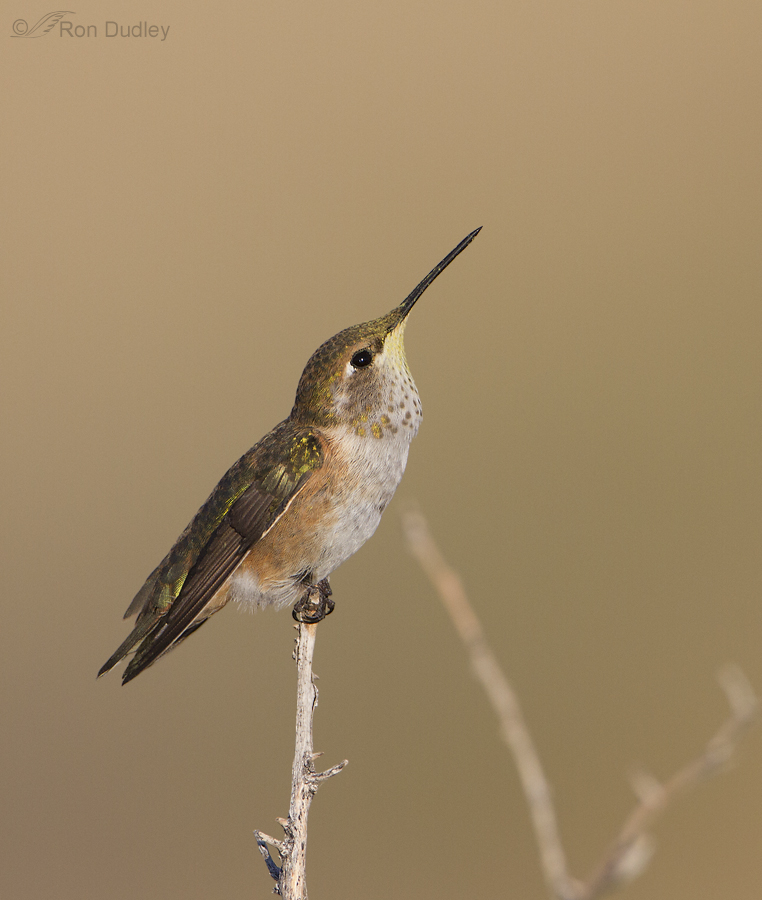
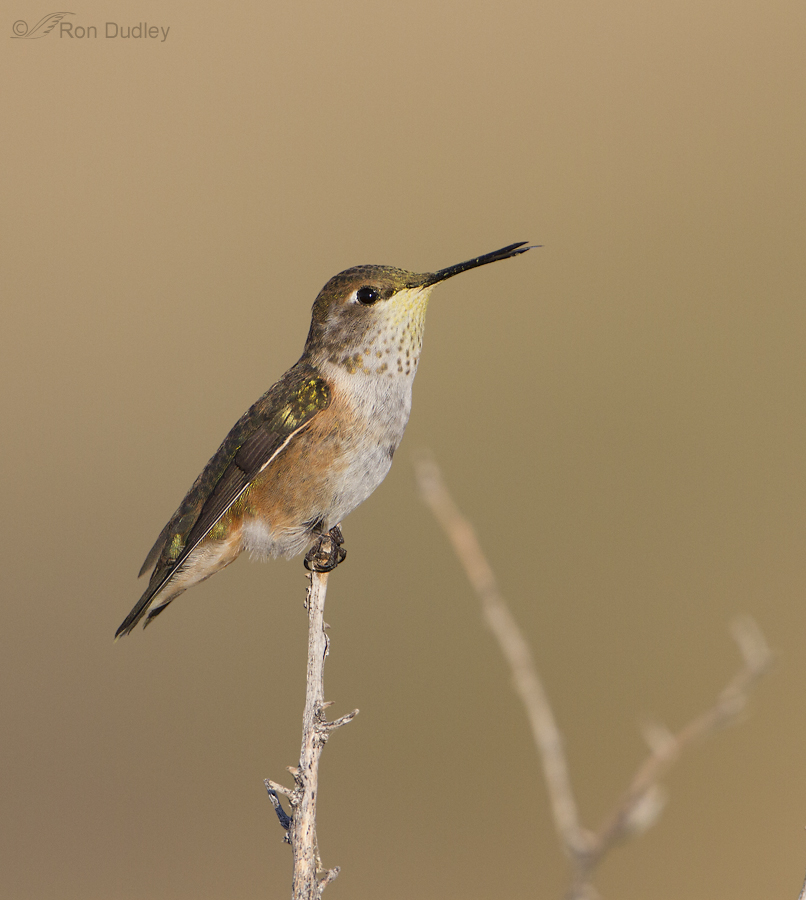
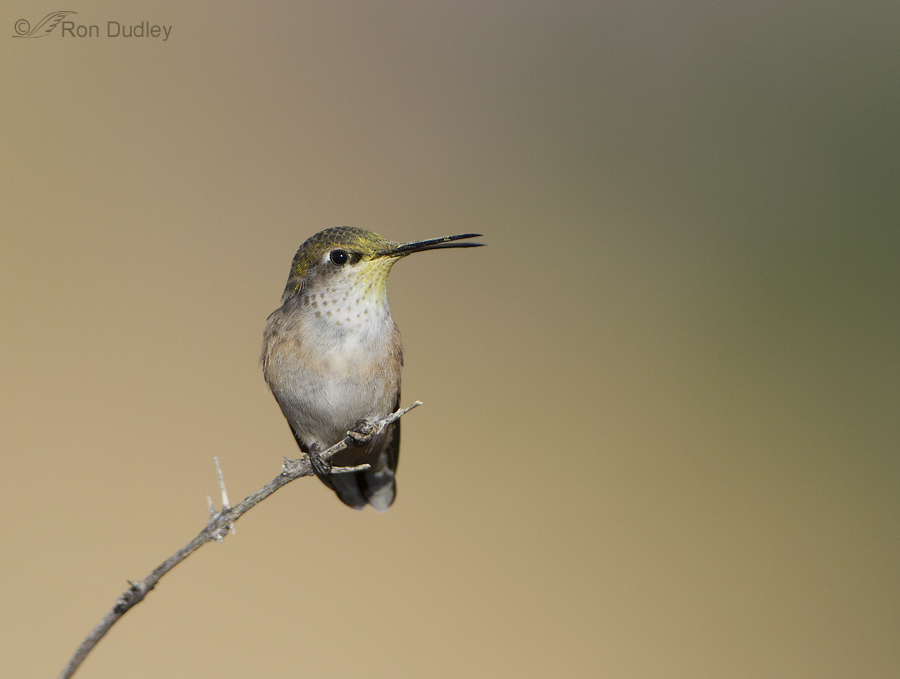
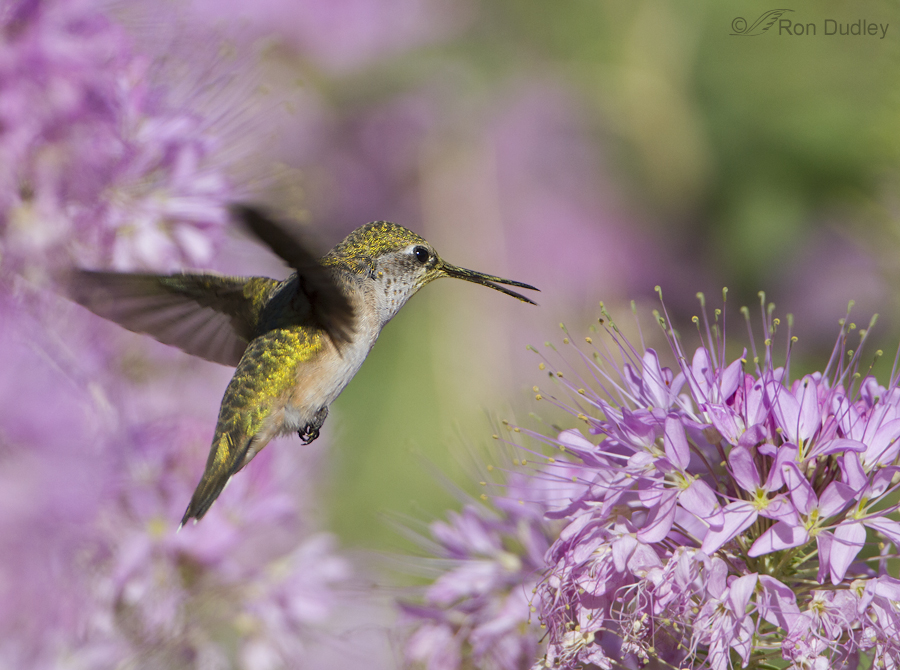
You do beautiful work……Thank you.
Didn’t read a word you wrote- couldn’t take my eyes off the photos!
If I could have some wishes come true, I’d be young again and have access to all your excluded photos and the time to view them…also, the opportunity to be “a fly on your camera” and see what you see on your trips. So far, EVERY time I’ve watched one of your blogs, I’ve seen and learned something new…THAT’S exciting!
Did you see this? Interesting clip about their tongues. http://www.evolutionnews.org/2013/06/the_genius_of_b073491.html
just watched the video link Jo Smith sent in…incredible! I had no idea hat they, or any other bird, had divided tongues…and often wondered how they brought the nectar into their mouths…nature infinitely amazes! Thank you, Jo!!!
This was very interesting – I had no idea about how their tongues work. Thank you for sharing this.
A fascinating clip, Jo. Thanks so much for providing the link!
I had no idea that hummingbird excreta was not uric acid! Great stuff Ron.
My head has been the unintentional recipient of hummingbird excreta! glad to know it is mostly water! Thanks for a most enjoyable post!
How fascinating. Thankyou so much – education and beauty.
The beauty (provided by the birds) makes the education more palatable, doesn’t it, Elephant’s Child? Thank you.
Besides the lovely photos, as usual, today I learned something very interesting. You are the best!
Thanks very much, Susan.
Yet another set of wonderful photos. The behaviors you are able to catch with your camera are simply amazing. And the image of the hummer catching a fly does not require photographic perfection – the perfection lies in being able to capture the behavior without totally blurring the bird… 🙂 I love that you are able to get so many beautiful photos of these difficult to capture birds, and I appreciate all the information you share that expands my knowledge of birds. As far as I am concerned, your blog is the best on the internet.
Wow, that’s a ringing endorsement, Susan. Much appreciated but I’m sure I’ve a long way to go to reach that status. Fun thinking about it as a goal, though…
I’ve really enjoyed your pictures and information on these hummingbirds. Would love to get to Antelope Island one of these days. Must plan a trip to the area next year.
I hope you make it to the island one day, Justine. Just don’t make it in August – our slowest month for birds.
Wonderful images and information. Thank you so much, Ron. You made my day.
Thanks, Sharon – always happy to improve your day! 🙂
What magical pictures and information you provide! As I’ve said before, it’s like Christmas every day! These are incredible shots…I’ve never seen pictures of these little wonders with open beaks before…and I love the variety of angles! Thank you for sharing such magical experiences, all the detail your amazing photos provide, and the priceless information on behavior. You are truly a gifted gift giver. That poor crow, or was it a raven, you found covered in cobwebs, might like to know that baby spiders are some of hummers favorite foods! More spiders to them!!!
Patty, When you’re watching them carefully and up close through the lens it’s surprising how often they flex or open their bills. It’s typically very fast though and easy to miss.
What sensational shots Ron! I didn’t know that! Only you are good enough to get a shot of it!
Charlotte
Thanks very much for your confidence in me, Charlotte.
Interesting about the hummingbird “urine”, and well done to capture that! I wish you had got these images and done this post as I could have mentioned it in a talk I did earlier in the week for BirdLife to a local park friends group.
I knew about rhynocchokinesis in waders (shorebirds) and have some great images of Godwits doing it, but not that smaller birds like hummingbirds also did it. I’ll have to look at honeyeaters more closely to see if they do.
Thanks for a really interesting post, and some lovely images into the bargain!
Sonja, I was just lucky catching the urine dump but I took so many photos of them it had to happen eventually.
I can see you must have endless patience Ron. Very cool images. I like behavior shots so much. Antelope island sounds very interesting. I have only been to or through Utah a few times in the late 80’s & once in the mid 90’s for a dog show. I think it’s a beautiful state. What is the Festival there?
I’m actually known for my LACK of patience in many areas, Deb. But come to think of it I guess I do have patience with birds. Lots of it.
The festival is just a big celebration of sorts sponsored by the park. It includes activities such as kite flying demonstrations, BMX demonstrations, music, vendors and a variety of other things. Not for me but kids and families seem to enjoy it.
Ron, I had no idea hammers ate insects and your shot of the waiting bird and the small insect taught me.
Both your knowledge and skill always delight me with my morning food.
Thanks
I’m happy to learn that you found the information helpful, Diana. Thanks for the feedback.